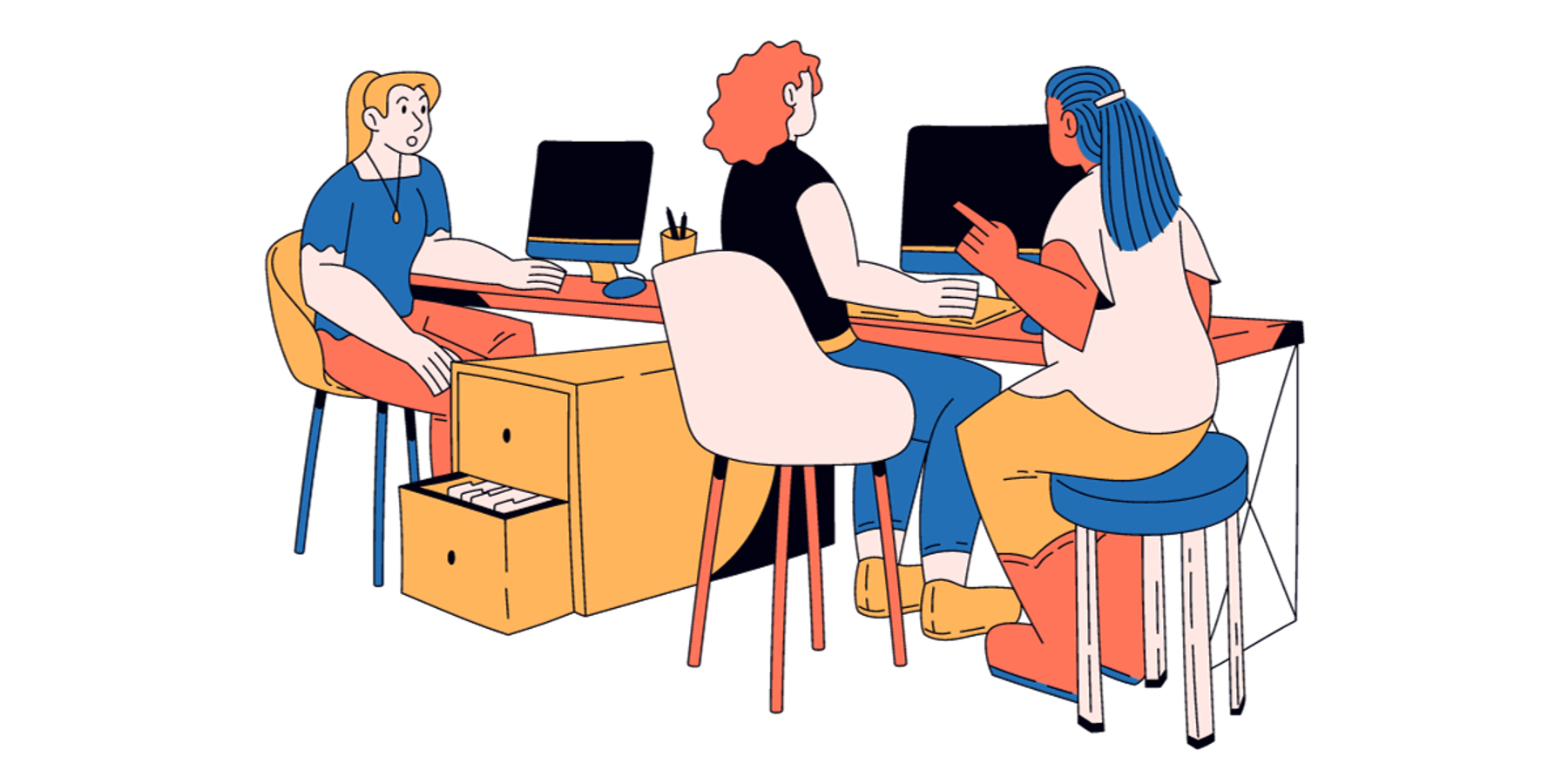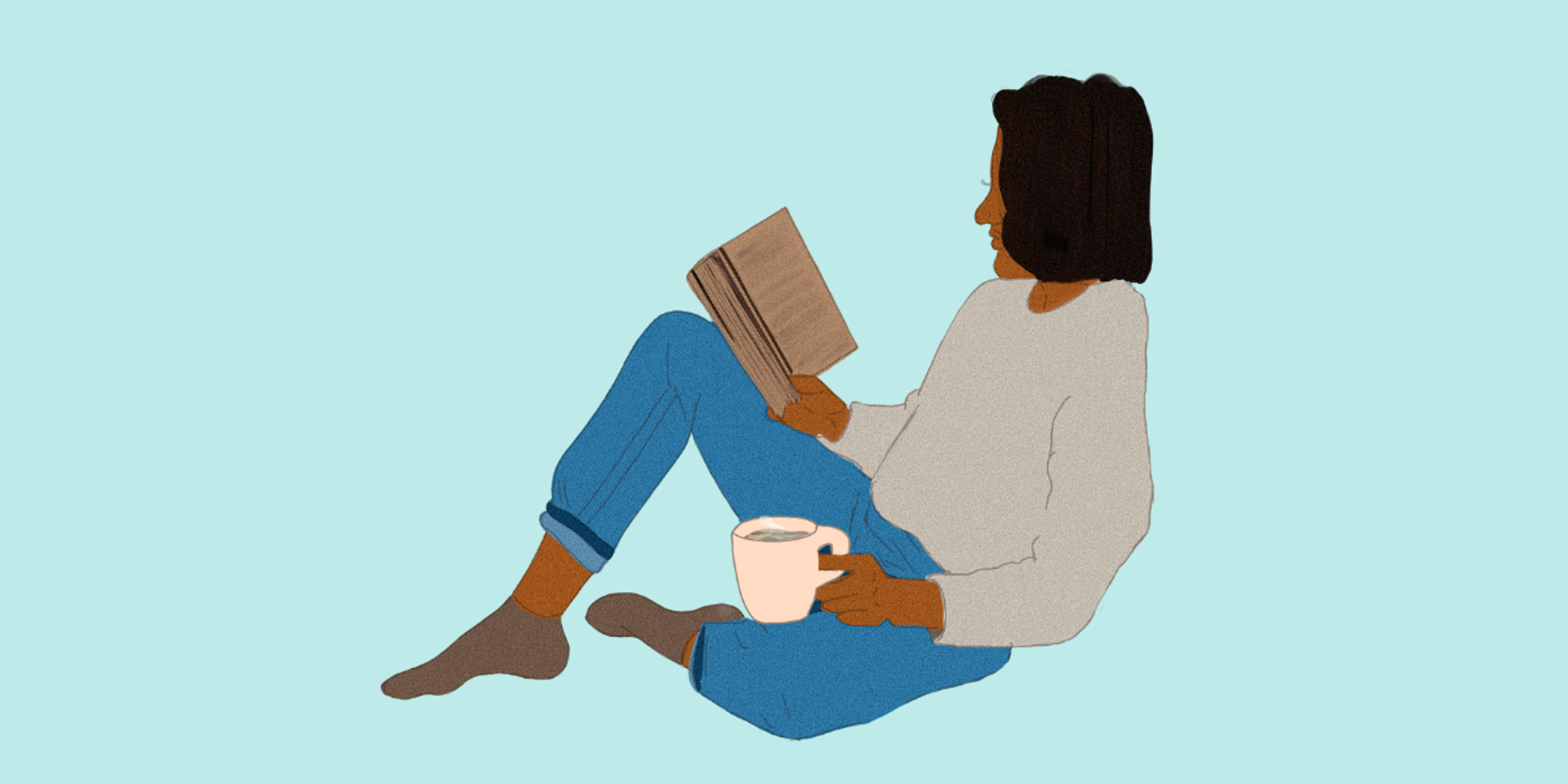Below is an article originally written by Simon Bishop Global Head - Recruitment, and published on June 02, 2020. Go to SoftwareONE's page on PowerToFly to see their open positions and learn more.
Human nature means we make up our mind about people within seven seconds of meeting them. This human trait we all have is a hangover from our primitive beginnings. Thousands of years ago, in the days before you could Google something or check Trip Advisor, humans had to make quick decisions. Decisions which were a matter of life and death – Do I eat that berry? Shall I touch that fire? Should I attack that Mammoth?
This evolutionary hangover still exists in us all today and can be seen through the phenomenon known as unconscious bias.
Unconscious bias refers to the biases we have of which we are not in conscious control. These biases occur automatically, triggered by our brain making quick judgments and assessments of people and situations based on our background, cultural environment and our experiences. It affects every area of our lives. Unconsciously, we tend to like people who look like us, think like us and come from backgrounds similar to ours. Everyone likes to think he or she is open-minded and objective, but research has shown that the beliefs and values gained from family, culture and a lifetime of experiences heavily influence how we view and evaluate both others and ourselves.
Think This Doesn't Apply to You?
Harvard University has developed some tests which you can take in about 10 minutes to see where your bias might lie. Click here for some examples.
These thought patterns, assumptions and interpretations we have built up over time help us to process information quickly and efficiently. From a survival standpoint, bias is a positive and necessary trait. In business, however, bias can be costly. It can cause us to make decisions that are not objective; and ultimately we miss opportunities. Joan Williams and Sky Mihalylo recently wrote "How the Best Bosses Interrupt Bias on their Terms," where they note that "well-managed diverse groups outperform homogeneous ones and are more committed, have higher collective intelligence, and are better at making decisions and solving problems." However, eliminating bias entirely is nearly impossible and a more reasonable goal is to simply interrupt it – starting with your hiring practices. The authors note basic changes such as limiting referral hiring and insisting on a diverse pool of candidates.
Bias is a "mental shortcut" that fills in gaps in our knowledge with similar data from past experiences and cultural norms. It's not necessarily a bad thing, but it can lead to bad decisions. As an example, Google points to mobile video uploads - the team that built the iOS YouTube app didn't consider left-handed users when it added in mobile uploads, causing videos recorded in a left-handed person's view of landscape to appear upside-down.
There is a growing body of research which suggests unconscious biases influence key decisions in the workplace and are responsible for some of the enduring inequalities that are evident today. Unconscious bias starts at the top and leadership is one area where diversity and inclusion has not moved the needle nearly enough. In a recent Boston Consulting Group article, it noted that "of the Fortune 500 CEOs (at the time of publication of the article) only 24 are women (less than 5% of the total), only three are black, and only three are openly gay."
In Human Resource Executive, it was noted that diverse management teams are:
- 33% more likely to generate better than average profits
- Are 70% more likely to capture new markets
- Generate 19% more revenue from innovation than companies with below average leadership diversity
With relatively few women in key roles, women's unconscious beliefs about career advancement could be holding them back from reaching the top. Bias comes in many forms, from assuming you need to take on more "masculine" characteristics to succeed, to doubting your abilities and strengths. To begin a real process of change, women also need to look at their own unconscious bias and move away from these potentially damaging beliefs. Assumptions are internal; they come from within us and before any external change can be made in a company's culture, they need to be understood.
For example, a McKinsey report from Women in the Workplace found that even though women are earning bachelor's degrees at higher rates than men and staying in the workforce despite challenges of childcare or other obstacles – progress has stalled at best.
Google disclosed its first Diversity Annual Report in 2014 and each year since has updated the statistics and progress to its commitment to diversity. In 2019 the company presented information from employees that self-represented as LGBTQ+ and those that have a disability. The essence of the report is the company's commitment to help create a more inclusive workforce while minimizing bias.
We must unlearn our current beliefs and relearn new ones. If there are no suitable role models in our surrounding environment, we have to create our own definition of what makes a great leader and become advocates for ourselves.
Change won't be sudden, warns Gerard J. Holder, the author of 'Hidden Bias: How Unconscious Attitudes on Diversity Undermine Organizations and What to do about It'. "We didn't get conditioned overnight," says Holder, who works with companies to help reeducate employees on their learned behaviors. "It's a learning process that has to be done over a period of time, not a training that can be done in three hours."




